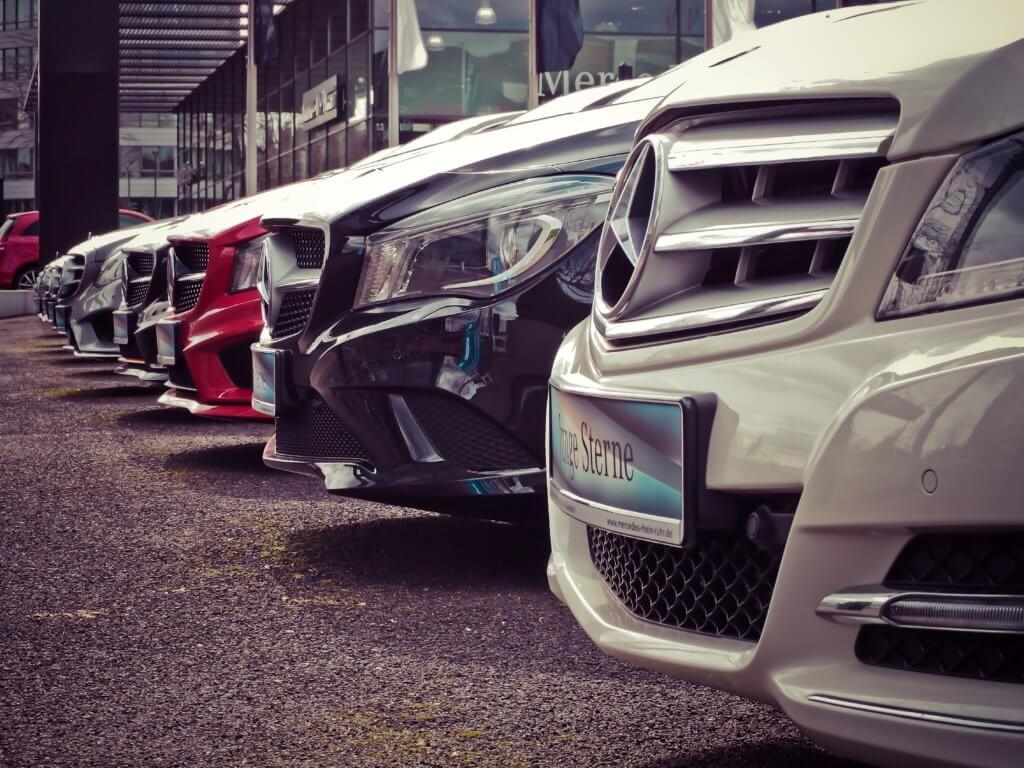Taking driving lessons is the first step in becoming an expert driver with a complete understanding of the traffic codes and regulations. You’ll be safer on the roads after completing state-approved lessons with a reputable driving school like GoSwerve. If you’re getting behind the wheels for the first time, you should verify that the car is safe, licensed, and ready to go. Here’s an overview of seven things to check before driving:
1. Check the Fluids
Cars rely on various fluids, including brake fluid, water for the radiator, oil, and steering fluid. Before driving any vehicle, you should check the fluid levels since low levels can indicate a problem. The first step involves checking for obvious leaks, which you can achieve by looking under the car. A visual inspection can help determine if some fluids need topping up or whether repair work is necessary.
2. Inspect the Tires
If your fluids are okay, you can check the tire to verify that there is enough threading for gripping the ground and braking. You should check the tire pressure and overall conditions. If the tire needs replacement, complete the change before hitting the roads. Driving with worn-out tires or poor inflation can result in accidents. Traffic officers may stop and convict you, tainting your record, especially when holding a learner’s/instruction permit.
3. Check the Lights
Car lighting is used to communicate with other road users and provide enough illumination at night. You can have someone stand behind the vehicle as you turn on/off different lights to confirm they function correctly. If any of the lights don’t work as intended, you should get them fixed before driving lessons. Proper use of indicators is one of the areas examiners test during practical driving.
4. Check the Battery Health
New car batteries can last three to five years before requiring a change, so you may not need frequent checks. If you have an older car or batteries, you should check them regularly or test them before taking lessons. Older batteries can leave you stranded when the engine goes off. You can replace them with a new one or have them charged. Make sure you power down the lights and entertainment systems when the engine isn’t running.
5. Check the Dashboard Gauges
Your dashboard gauges should be in proper working conditions, and drivers should learn how they look when everything is okay. If the dashboard indicates an issue, call a mechanic to fix it before taking the car for lessons. You can let the car engine run for some time, then check the engine and temperature gauges for any issues.
6. Check the Vents Heating & AC
The vents, heating, and air conditioning systems keep your car comfortable through all weather. You should verify that these systems function properly as you might need them to defog and defrost the windows when necessary. Faulty ACs and heating systems can make internal conditions unbearable, distracting you from staying focused on the roads and driving instructions. Test each system and let them run for a few minutes to clear any dust in the vents.
7. Perform a Cockpit Drill
The cockpit drill is an exercise all drivers should perform before starting any car and is among the first things driving school teach. To perform a cockpit drill, get inside the vehicle and assess the five key elements; doors, seats, steering, seatbelt, and mirrors (DSSSM). Here’s how to complete a cockpit drill for your car:
• Doors: Check that all doors are closed and secured properly before starting the car engine. Some cars have automatic sensors that beep if one of the doors isn’t closed correctly, but you can perform a manual check to lock each door.
• Seat and Steering: Adjust your seat to a comfortable position and verify that the controls (steering, accelerator, clutch, brakes, gears) are within reach. You can adjust the headrest to prevent whiplash in case of emergency take-off or accident.
• Seatbelt: You and any passengers in the car should buckle in before starting the car engine. Most cars indicate seatbelt use and produce a beeping sound if one or more belts aren’t buckled in. You should fix faulty seatbelts before taking driving lessons.
• Mirrors: Adjust the side mirrors and rearview mirror to provide full coverage of the road behind you. The ideal position should leave no blind spots to confirm you can see all cars approaching from behind without having to lean over.
Customized Driving Lessons In WA, FL, & CA
You need a properly functioning and roadworthy car to take driving lessons in Washington, Florida, and California. If your vehicle isn’t in good shape, you can have it fixed, rent one for the lessons, or ask the driving school to provide one. You should perform all the checks above before driving any car, hired or otherwise. Checking the car’s conditions will prevent any issues during your behind-the-wheel lessons.
At GoSwerve, we provide a unique curriculum to equip new drivers with the skills needed to encourage safety on the roads. Our lessons are customizable and help you pass the knowledge test and obtain a driver’s license. We provide well-maintained cars that you can use to complete practical lessons and exams. Our classroom hours will help you learn everything about pre-driving checks and cockpit drills.

